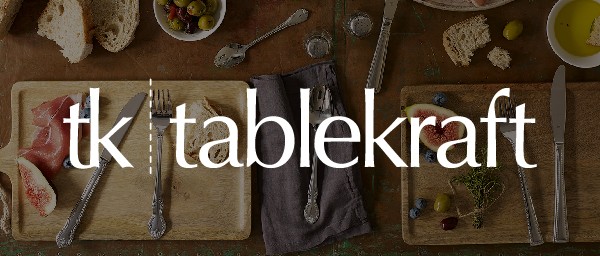How To Make Greeting Card Easy
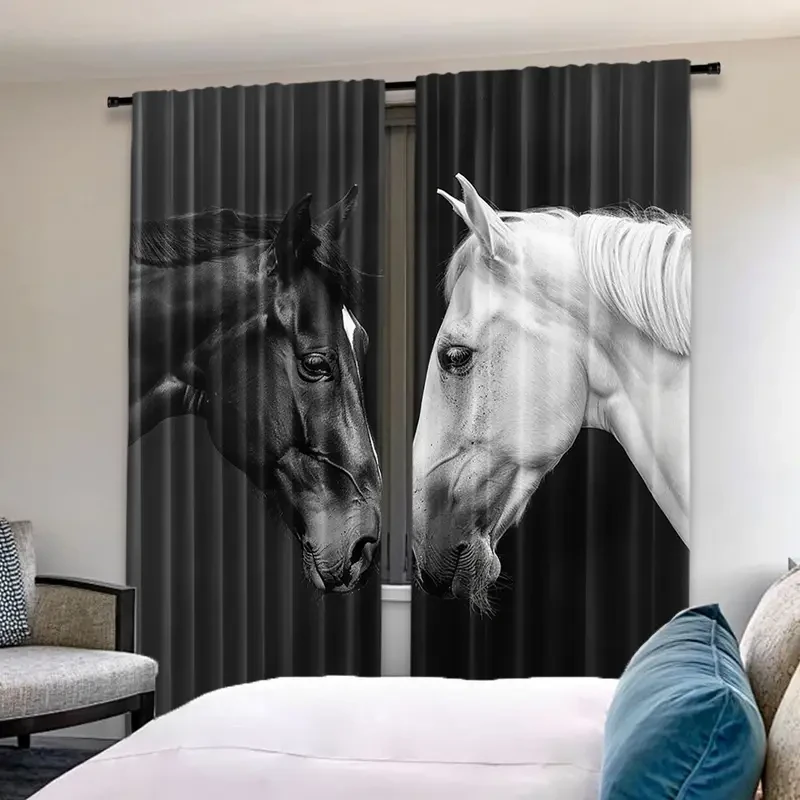

2pcs Set 3D Horse Print Curtains - Rod Pocket, Semi-Sheer Window
Gift Tree
Approx $27.04 USD
Making a greeting card can be a fun and personal way to convey your thoughts, wishes, and celebrations to someone special. Whether it’s for a birthday, holiday, or just to say “thank you,” a homemade greeting card adds a personal touch that store-bought cards can’t replicate. In New Zealand, crafting greeting cards has become an increasingly popular hobby, allowing people to create unique, customized cards that reflect their creativity and personality.
Creating greeting cards may seem like a daunting task at first, but with the right approach and a few simple techniques, anyone can create beautiful, thoughtful cards with ease. This guide is designed to show you how to make greeting cards in a simple and enjoyable way. From choosing materials to mastering basic techniques, you’ll learn everything you need to know to craft your own cards for any occasion.
Choosing the Right Materials for Your Greeting Cards
Before you start crafting, it’s important to gather the necessary materials. The right supplies will make the process much easier and ensure that your greeting cards look professional. Here’s a breakdown of the essential materials you’ll need:
-
Cardstock: Cardstock is the foundation of any greeting card. It’s a thicker, more durable paper than standard printer paper
and provides a sturdy base for your designs. You can choose from a variety of colors and textures, depending on the style you want to
achieve. For New Zealand crafters, many local craft stores offer a wide range of cardstock options, from plain to patterned designs.
-
Markers, Pens, and Stamps: Markers and pens are essential for adding personal messages or drawings to your card. You can
use colored markers for bold, vibrant messages, or fine-tip pens for delicate details. Stamps are also great for creating intricate designs
and patterns on your card. Consider using rubber stamps with fun, seasonal themes like flowers, animals, or holidays to add interest.
-
Adhesives: You’ll need a good adhesive to secure different layers of paper or embellishments to your greeting card. Liquid
glue, double-sided tape, or glue dots are all great options for sticking down paper elements. For dimensional designs, consider using foam
tape to add depth and texture.
-
Embellishments: To make your card stand out, consider adding embellishments like ribbons, buttons, glitter, or small
decorative elements. These add extra flair and can help personalize the card further. Many New Zealand craft stores offer a wide variety of
embellishments that can match your theme or occasion.
-
Cutting Tools: Scissors are the most basic tool for cutting out shapes and images, but for more precise cuts, you might
want to invest in a paper trimmer or craft knife. These tools allow you to make clean, straight cuts and intricate shapes with ease.
Basic Techniques for Making Greeting Cards
Once you have all your materials ready, it’s time to start crafting. Here are a few simple techniques you can use to make beautiful greeting cards:
-
Folding the Card Base: Start by folding your cardstock in half to create the base of your greeting card. If you’re using a
larger sheet of cardstock, fold it to the desired size, ensuring the edges align perfectly. For a professional finish, use a bone folder or
the edge of a ruler to press the fold flat.
-
Adding Layers: Layering is a simple way to add dimension and interest to your card. Start with a plain cardstock base and
add patterned paper, photos, or other designs on top. Use foam tape to create a raised effect with certain layers for a more dimensional
look.
-
Stamping and Stenciling: Stamping is one of the easiest ways to add decorative designs to your card. Simply use rubber or
clear stamps with ink pads to create patterns, messages, or images. Stenciling is another technique where you use a stencil to trace or
paint a design onto the card. Both techniques are versatile and can be adapted to suit any occasion or theme.
-
Hand Lettering: Adding a handwritten message or title to your greeting card can make it feel more personal. Practice
different lettering styles to create beautiful, custom messages for birthdays, holidays, or other occasions. You can also use letter stamps
for a neat, uniform look.
-
Using Washi Tape: Washi tape is a decorative masking tape that comes in various colors and patterns. It’s an easy way to
add vibrant accents to your greeting cards. Use it as a border, frame, or to attach embellishments in a fun and creative way.
Creative Ideas for Greeting Cards
If you’re looking for inspiration, here are a few creative ideas to get you started on your next greeting card project:
-
Birthday Cards: For a birthday card, you can use bright, cheerful colors and fun patterns like balloons, cakes, or party
hats. Add a personal touch by including the recipient’s name or age using bold lettering or stickers.
-
Holiday Cards: Holiday cards are a great way to send warm wishes during Christmas, Easter, or other celebrations. Use
festive elements like snowflakes, trees, or Santa images for Christmas cards or flowers and eggs for Easter cards. Choose colors that match
the season—red and green for Christmas, pastel colors for Easter.
-
Thank You Cards: A simple thank you card can be made with elegant, minimalist designs. Use soft colors like pastels or
neutral tones, and consider adding a small decorative element like a flower or heart to make the card feel thoughtful and sincere.
-
Congratulations Cards: Whether for a graduation, promotion, or engagement, congratulations cards can be customized to suit
the occasion. Bright, celebratory colors like gold and silver can add a touch of luxury, while playful patterns or fonts can make the card
feel more casual and fun.
-
Sympathy Cards: Sympathy cards should convey empathy and warmth. Use soft, calming colors like lavender, light blue, or
gray, and consider adding subtle symbols of peace, such as doves or flowers.
Personalizing Your Greeting Cards
One of the best things about making your own greeting cards is the ability to personalize them. Here are a few ways to make your cards even more special:
-
Add Photos: Including a photo of the recipient, a shared memory, or something meaningful can make the card feel more
personal. You can print out photos and attach them to the card with adhesive or use photo stickers for a fun twist.
-
Incorporate the Recipient’s Hobbies or Interests: Tailor the card design to match the recipient’s personality or interests.
For example, a sports lover might appreciate a card with a football or basketball design, while a nature enthusiast might love a card
decorated with flowers or trees.
-
Use Handwritten Messages: While stamps and printed text are great, nothing adds a personal touch like a handwritten note.
Take the time to write a thoughtful, heartfelt message inside the card. This will make the recipient feel truly appreciated.
Saving Time and Effort with Pre-Made Templates
If you’re short on time or just looking for a quick and easy way to create greeting cards, pre-made templates can be a lifesaver. Many online craft stores in New Zealand offer printable templates that you can download, print, and personalize with your own messages. These templates range from simple designs to more elaborate ones, and they come in various formats, including PDF and JPG files. Simply print them out, add your personal touches, and you’ve got a professional-looking greeting card in no time!
Tips for Making Your Greeting Card Stand Out
To make your greeting card truly special, here are a few tips to enhance your designs:
-
Add Texture: Textured elements like embossing or using thick paper can give your card a more luxurious, tactile feel. You
can also use fabric, felt, or ribbon to add depth and interest.
-
Play with Colors: Don’t be afraid to mix bold colors or use contrasting shades to make certain elements pop. Experiment
with gradients, ombre effects, or color blocking for a contemporary design.
-
Consider the Envelope: The envelope is just as important as the card itself. Personalize the envelope with decorative
elements, stamps, or even hand lettering to match the design of the card. This adds a sense of cohesion and attention to detail.
Enter your content here

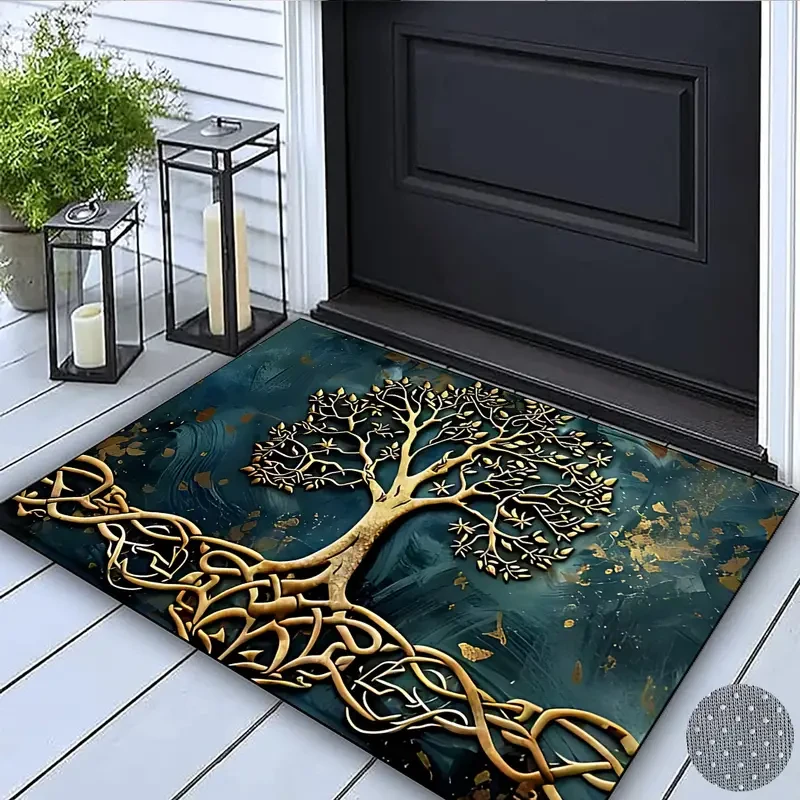
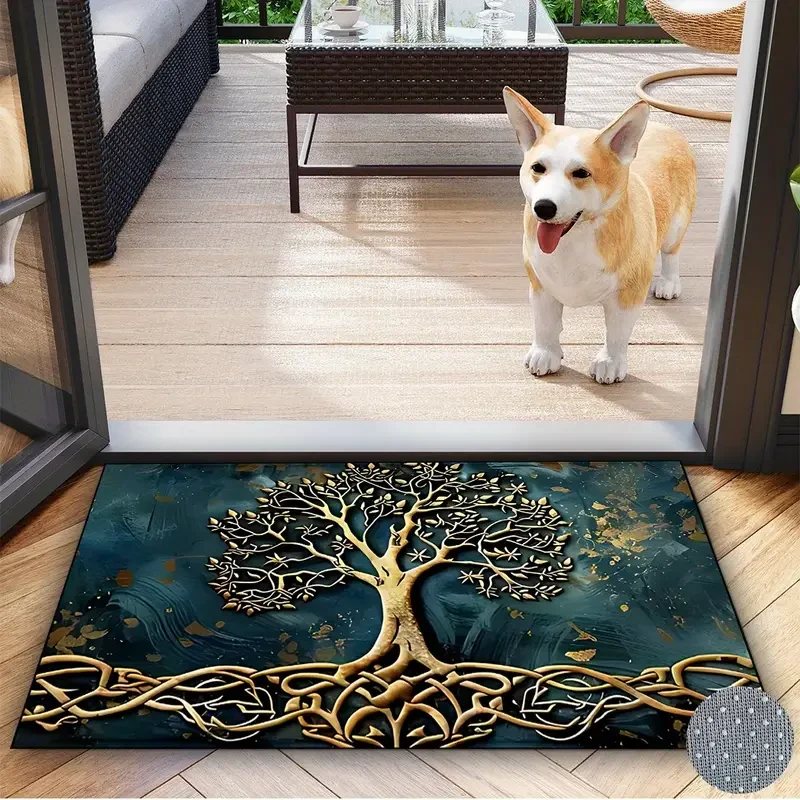
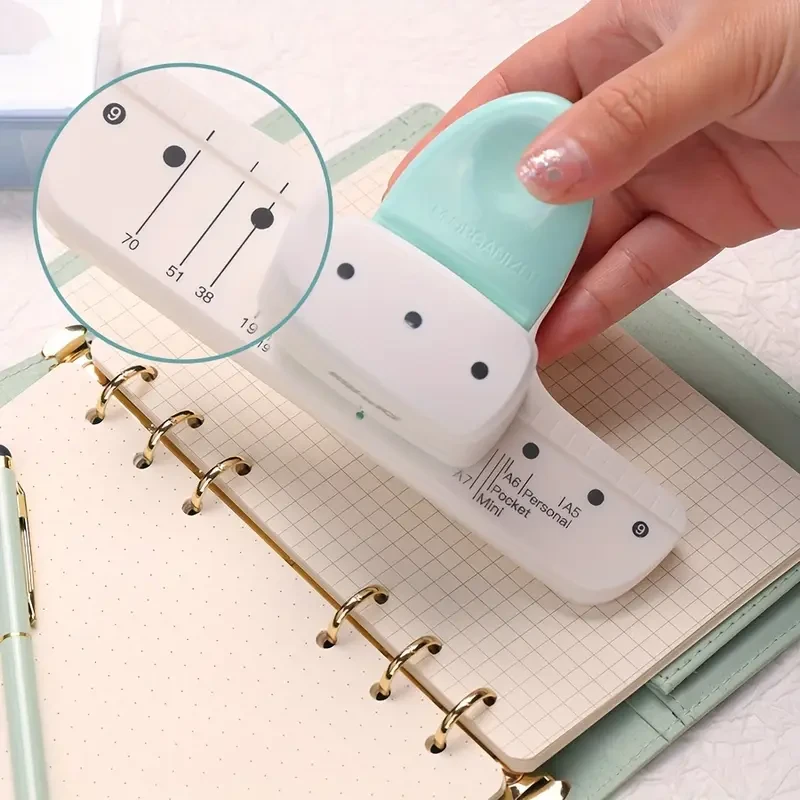
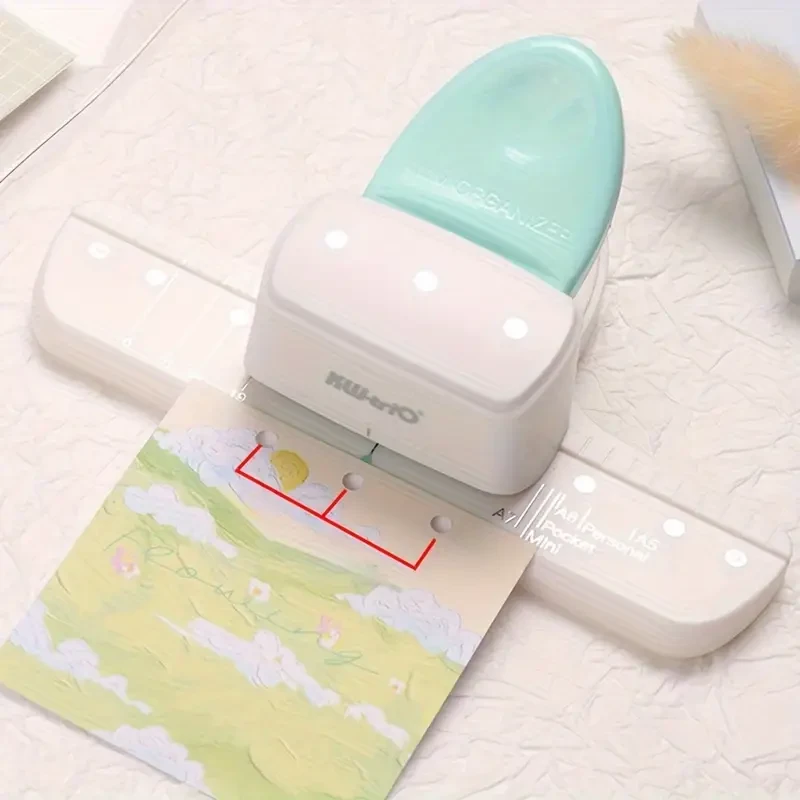


.jpg)

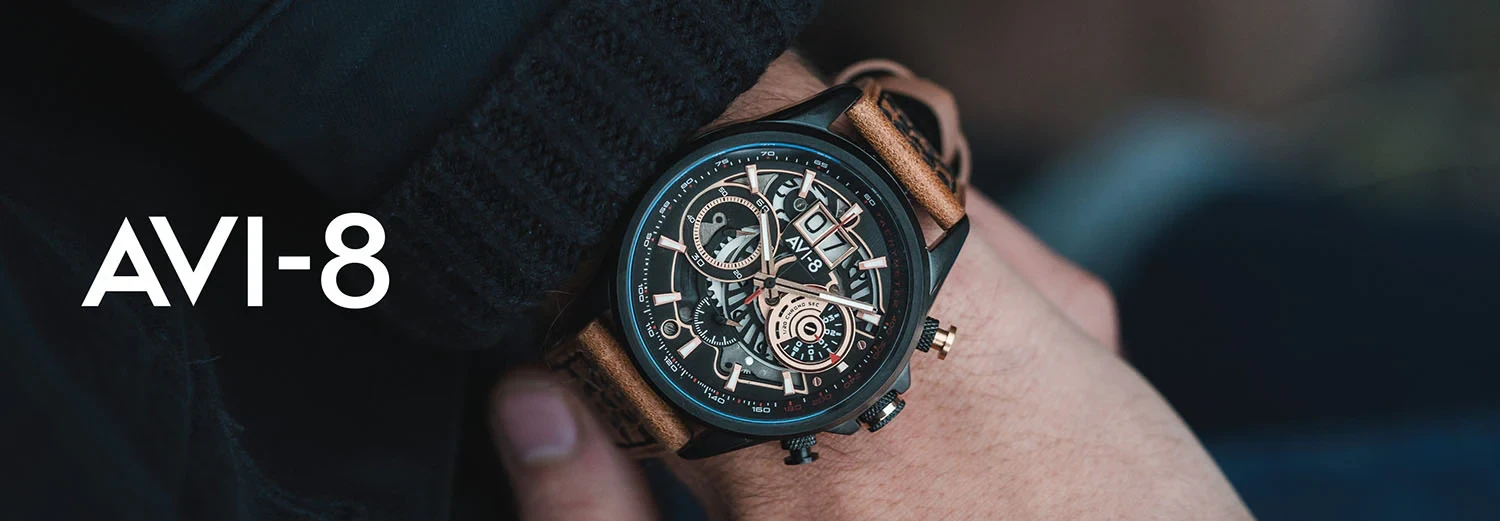





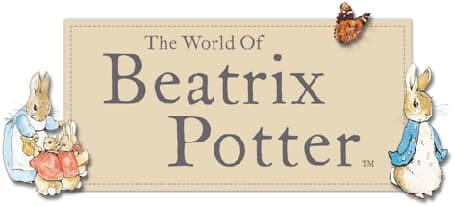

.jpg)





.jpeg)





.jpeg)



.jpeg)








.jpeg)



.jpeg)

.jpeg)

.jpeg)
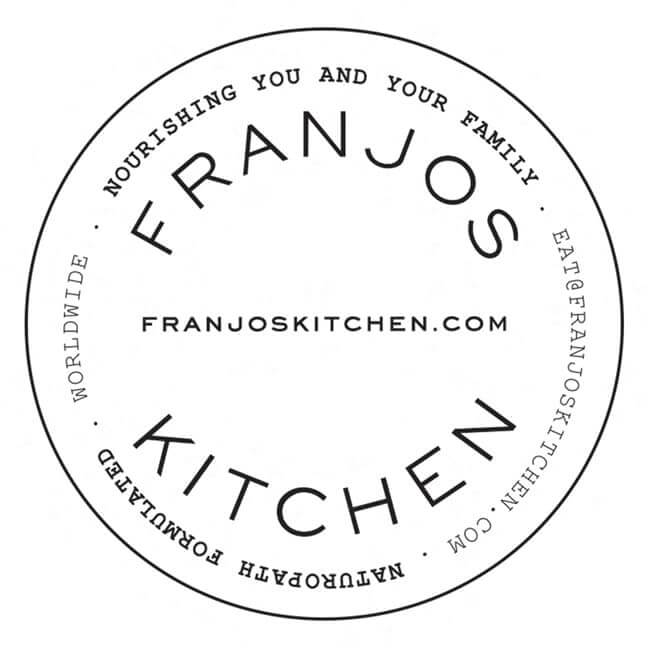
.jpeg)




.jpeg)
.jpg)
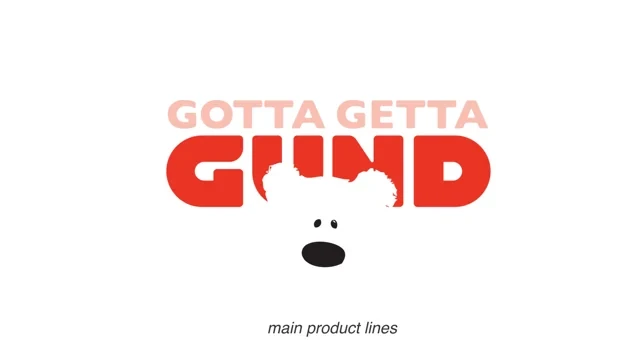
.jpeg)






.jpeg)
.jpeg)




.jpeg)





.jpeg)


.jpeg)

.jpeg)

.jpeg)

.jpeg)


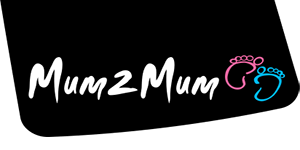




.jpeg)
.jpeg)
.jpeg)


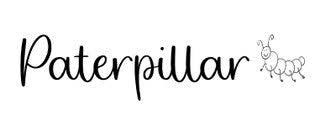


.jpeg)

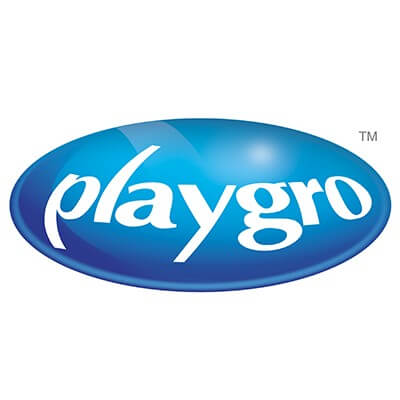

.jpeg)


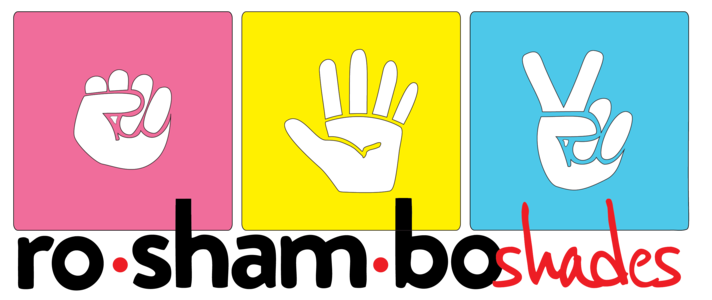



.jpg)
.jpeg)








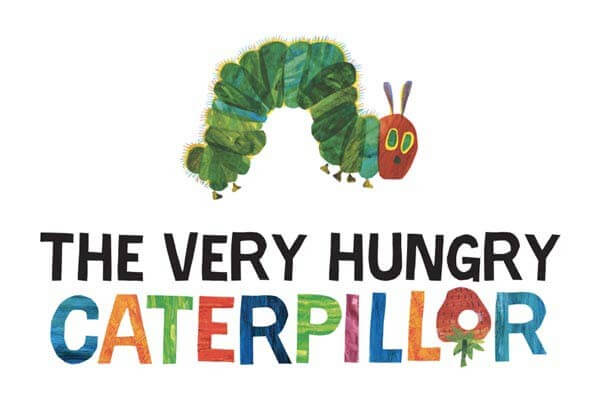
.jpg)


ulva-Logo.jpg)




.jpeg)
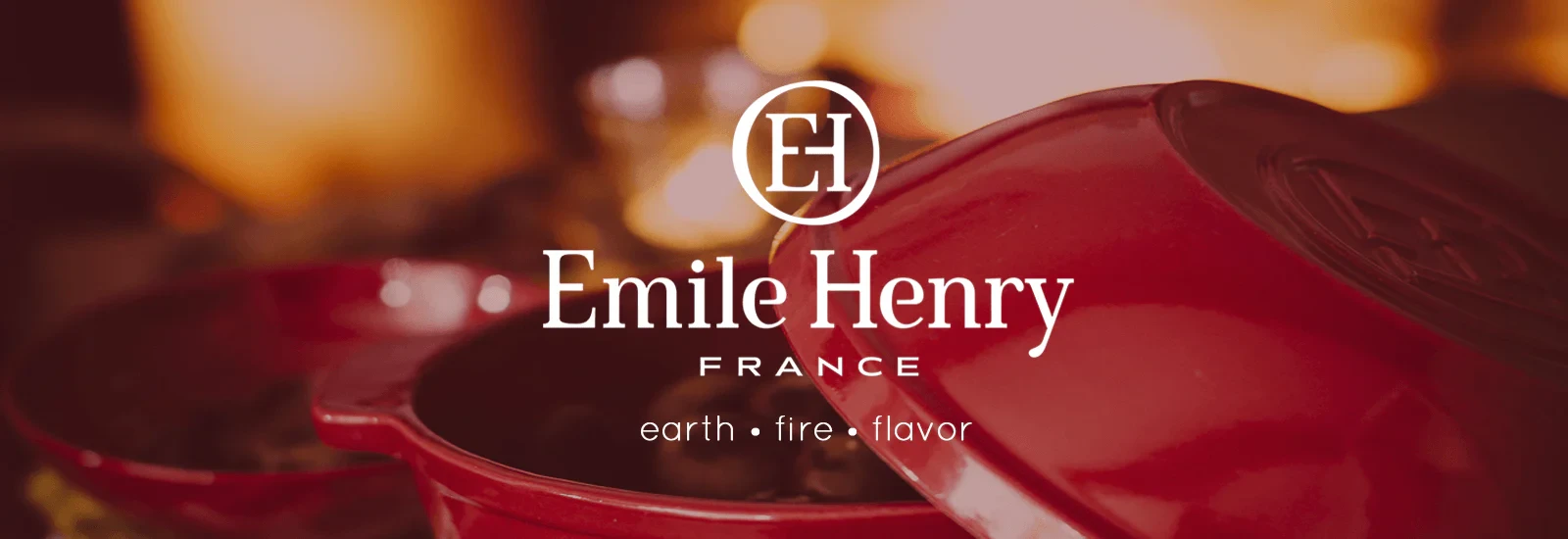


.png)
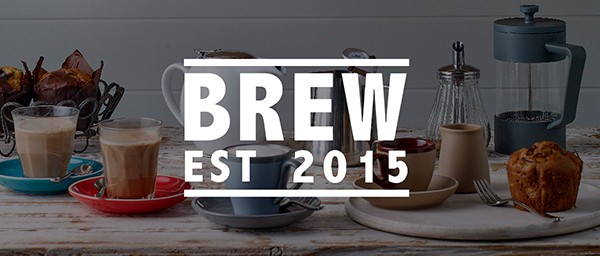



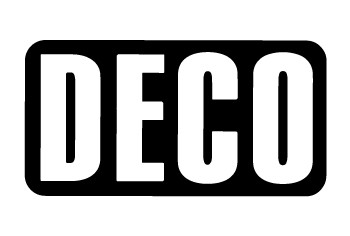



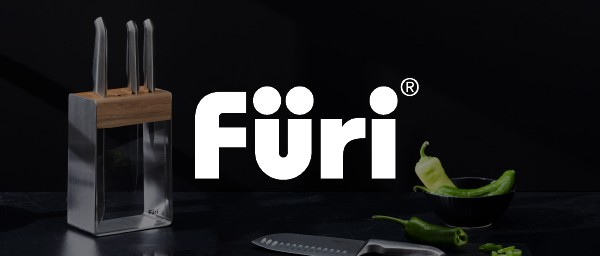





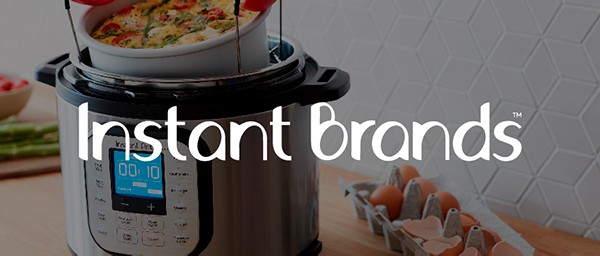
.png)















